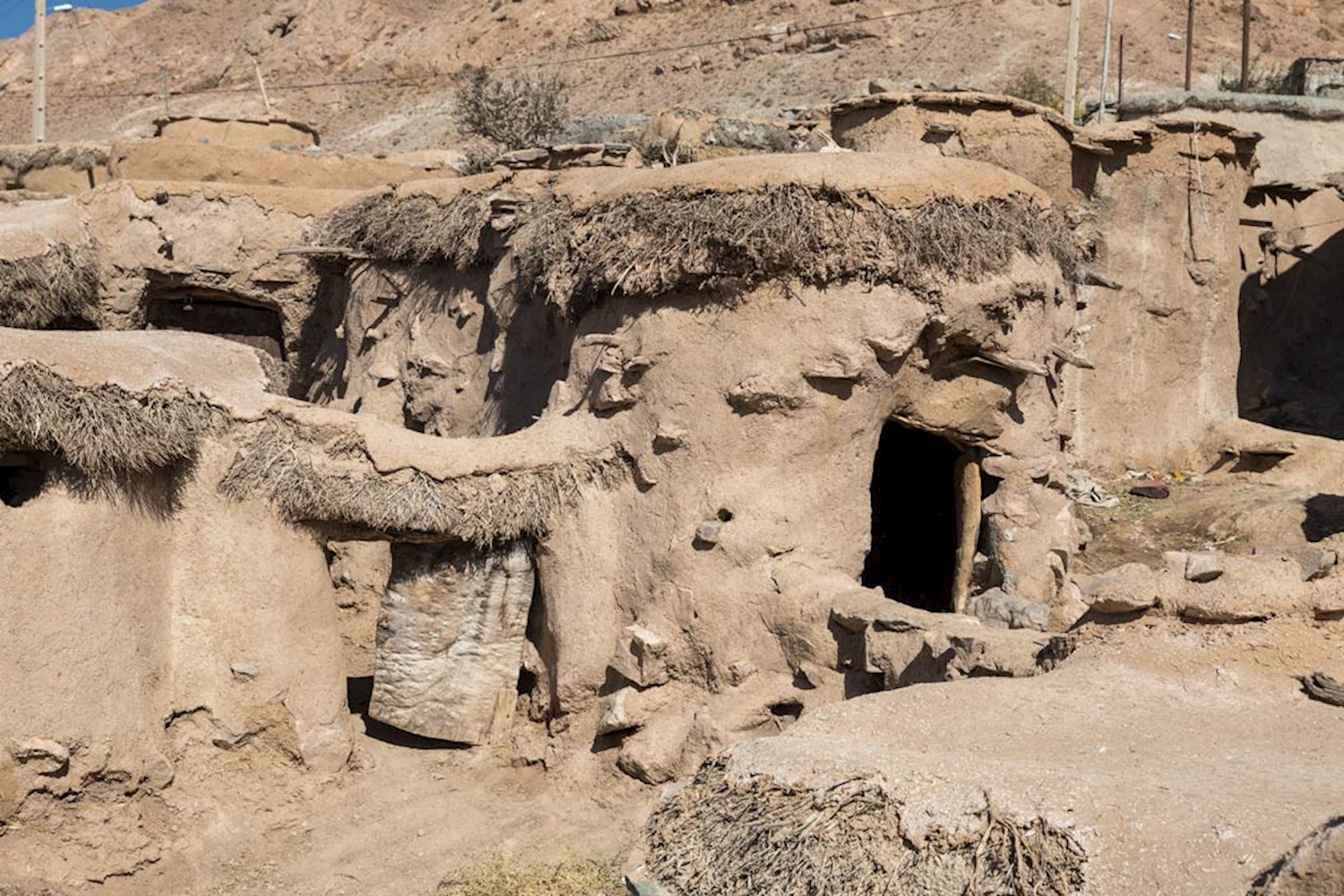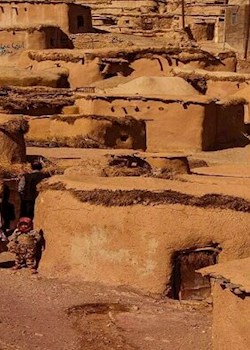Attractions
The Makhunik Village
The Makhunik Village
You sure should have added Makhunik village to visiting sites that you should visit. You can find this ancient yet glorious village in the southern part of Khorasan and Sarbisheh city. It is known to be a very strange yet mysterious village.
You should know that the village of Makhunik is very wonderful and all its natives are short in height and hence it is known as the land of dwarfs. But more interesting is the fact that the village has strange culture and its people have interesting beliefs.
You will find this village located in the Makhunik region itself right close to the border of Afghanistan.
Makhunik is very remote and has lesser influence from external factors such as it's the environment.
You will be surprised to see the black stone as well as the stone paintings in Makhunik village. Do not be shocked to see the stone tower being built right on the upper floor of Makhunik
The tower that we are talking about is used mainly for observation purposes in order to inform all its natives in case there is an enemy attack. Let us read further to know more about the mysterious Makhunik village together.
All About the Makhunik Village
Previously based on the gathered documents the name of this village has been Madakhnik as a combination of simple words such as mad and khanik in the Pahlavi language mad means month which was translated as city and hence looking at it generally it means Makhunik.
The people that live in this region are mainly Afghans that have migrated from all over Iran to this village centuries ago and they still live here happily having a Persian local accent.
The natives here are Sunni Muslims and are highly interested in preaching religious matters. As a result, they always prefer sending their children to religious schools and not public ones.
You may be curious to know what the people of Makhunik actually eat. These people only eat twice a day which means they eat two meals only. It is a fact that even in some parts of Europe people do follow this regime and they eat only twice a day.
A few decades ago this habit was changed and they started getting familiar with wheat and hence added it to their diet. They normally eat beetroot as well as cooked turnips which they call pashtak.
They even grind the qorut along with the curd and water and enjoy eating it with bread. Other dishes that they eat are Qalor tarsh, Suzi, buttermilk, yoghurt water and last but not least garmas. Would you like to try their traditional dishes as well?
Let us read a bit more about the culture and heritage of these people to know more.
The Heritage and Culture of the Makhunik People
You are sure to get surprised as you hear about their customs and beliefs.
The process of emigration for the Makhunik people is considered to be a rejection of society. It does not matter how poor or how many problems the people had they never left their village at all.
The lands that were used for agriculture were small in size but the people living here were a very fair and respected partnership. It is done in such a way that these people even divided the apricot seed among each other. This is how respectful they are.
They never had any TV and they considered TV to be Satan. The children were not at all allowed to watch TV.
The concept of being quarantined is not a new thing for them. As soon as any of the villagers fell ill they took the patient to the cave and would treat him there. This is how they prevented the spread of the disease further among the family members.
The Occupation of the People
Due to the harsh climate of the Makhunik village as well as the poverty on its other hand, there are w lot of restrictions for the people. Fortunately, the people have been able to adapt themselves to the circumstances and started their occupations in agriculture and husbandry.
Recently some of them started working in the stone mines but you can find the rest being interested in the art of handicrafts such as carpet weaving as well.
Do not get shocked to hear that these people have still kept their traditions and customs. The people of Makhunik did not use to drink tea and they started doing so only a century ago.
According to them, hunting animals as well as smoking are big sins. As a result, they were vegetarians and never ate meat. But we should never forget to add that these people are also very friendly and highly knowledgeable.
Where Can I Stay Once I Am in Makhunik?
This is a main concern, especially for travelers but the natives do have the same issue as well.
So we have to tell you that though it is a great place to visit unfortunately they have not yet reached that point to be able to welcome guests and tourists in their village for accommodation.
It is advised to rent a hotel or a guest house when you are in Khorasan or Birjand and then visit Makhunik but return back to have a place to stay.
When Is the Best Time to Travel to Makhunik?
As the weather is mainly hot and dry you can plan your trip and visit the village in cooler seasons only if you belong to that group of people who is uncomfortable with dry and hot seasons. But if you are fine with the weather condition then you can travel anytime you desire.
Now that we explained all the details about the Makhunik village what do you think? Aren't you surprised to see such a beauty still exists in Iran and it has villagers that are so strict with their customs and traditions?
If you desire to discover Iran more, then do it via the help of Lootke.com and you will be amazed to see the number of places that you never knew about exists in Iran.






